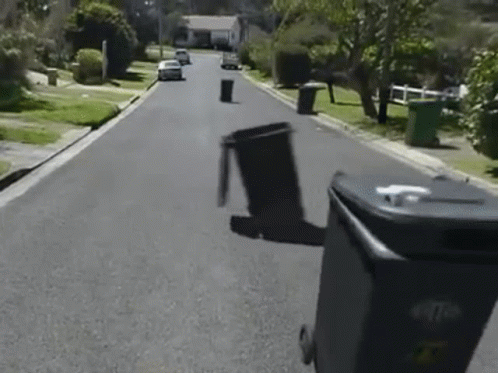Unraveling the Magic of Loopers and Executors in Android

Rishabh Gupta
Posted on March 18, 2024

In the bustling world of Android development, two mystical beings play a crucial role in ensuring smooth operation: Loopers and Executors.
These components form the backbone of asynchronous processing, allowing your app to juggle multiple tasks without skipping a beat.
Imagine them as diligent workers behind the scenes, orchestrating tasks seamlessly to keep your app running efficiently.
In this Chapter of Learning Android, Lets us start from the basic story.
Let meet our first character The Loopers:
In our story, the Looper is like a dedicated messenger who tirelessly shuttles between different parts of your app, ensuring that tasks are executed in the right order and at the right time.
Every Android app operates within a main thread, which is like a busy highway where all the crucial tasks, such as updating the UI or handling user interactions, take place. Now, if a time-consuming task is thrown onto this highway, it can cause a traffic jam, resulting in a sluggish user experience or even freezing the app altogether.
Yes you are correct, this is what is mean to say !!!!!!!!!!!!!
So This is where the Looper swoops in to save the day.
It creates a special loop within the main thread, called “Looper thread,” where it handles tasks efficiently, one after the other, without causing any gridlock. Imagine the Looper as a skilled traffic controller, ensuring that each task moves smoothly through the thread, preventing congestion and keeping your app responsive.
Enter the Executors:
But what happens when our trusty Looper has too many tasks on its plate? This is where Executors step into the spotlight. Think of them as resourceful assistants who help the Looper manage its workload effectively.
Executors work behind the scenes to delegate tasks to separate worker threads, allowing heavy lifting to be performed without burdening the main thread.
By offloading tasks to Executors, the Looper can focus on handling essential operations within the main thread, ensuring that your app remains snappy and responsive. It’s like having a well-oiled machine where each component plays its part seamlessly, resulting in a flawless user experience.
Example Time
Imagine you’re developing a weather app that needs to fetch live updates from the internet while simultaneously updating the UI with the latest data. Without Loopers and Executors, this could lead to a clunky user experience, with the UI freezing every time the app fetches new information.
However, by employing Loopers to manage tasks within the main thread and Executors to handle network requests and data processing in the background, your app can deliver a smooth and uninterrupted experience. It’s like having a team of dedicated workers ensuring that your app runs like a well-oiled machine, regardless of the complexity of the tasks at hand.
Loopers and Executors are indispensable allies, working tirelessly behind the scenes to ensure optimal performance and a seamless user experience. Whether it’s managing tasks within the main thread or delegating heavy lifting to background threads, these mystical beings play a vital role in the success of your app.
So, the next time you appreciate the seamless functioning of your favorite Android app, remember to acknowledge the unsung heroes behind it — the Loopers and Executors who make it all happen. Their work is essential in ensuring a smooth user experience.
Here is a small snippet!!!!!
import android.os.Handler
import android.os.Looper
import java.util.concurrent.Executors
class MainActivity : AppCompatActivity() {
override fun onCreate(savedInstanceState: Bundle?) {
super.onCreate(savedInstanceState)
setContentView(R.layout.activity_main)
//Using Executors
val executor = Executors.newSingleThreadExecutor()
executor.execute {
// Executed on a separate background threadfor executing tasks asynchronously.
println("Task executed on background thread.")
// Simulating heavy task
Thread.sleep(2000)
// Update UI on the main thread using a Handler
Handler(Looper.getMainLooper()).post {
// UI update code here
println("Updating UI on the main thread after task completion.")
}
}
Using Loopers
val handlerThread = HandlerThread("HandlerThread")
handlerThread.start()
val looper = handlerThread.looper
val handler = Handler(looper)
handler.post {
// Executed on the background thread associated with the Looper
println("Task executed on background thread with Looper.")
// Simulating some heavy task
Thread.sleep(2000)
// Update UI on the main thread using a Handler
Handler(Looper.getMainLooper()).post {
// UI update code here
println("Updating UI on the main thread after task completion with Looper.")
}
}
}
}
In the above example:
- We have created a HandlerThread named "HandlerThread", which internally creates a new background thread with its own Looper.
- We post a task to the handler using handler.post { ... }, similar to the executor example. The task is executed on the background thread associated with the Looper. After the task completes, Handler post an update to the UI thread.

Posted on March 18, 2024
Join Our Newsletter. No Spam, Only the good stuff.
Sign up to receive the latest update from our blog.



